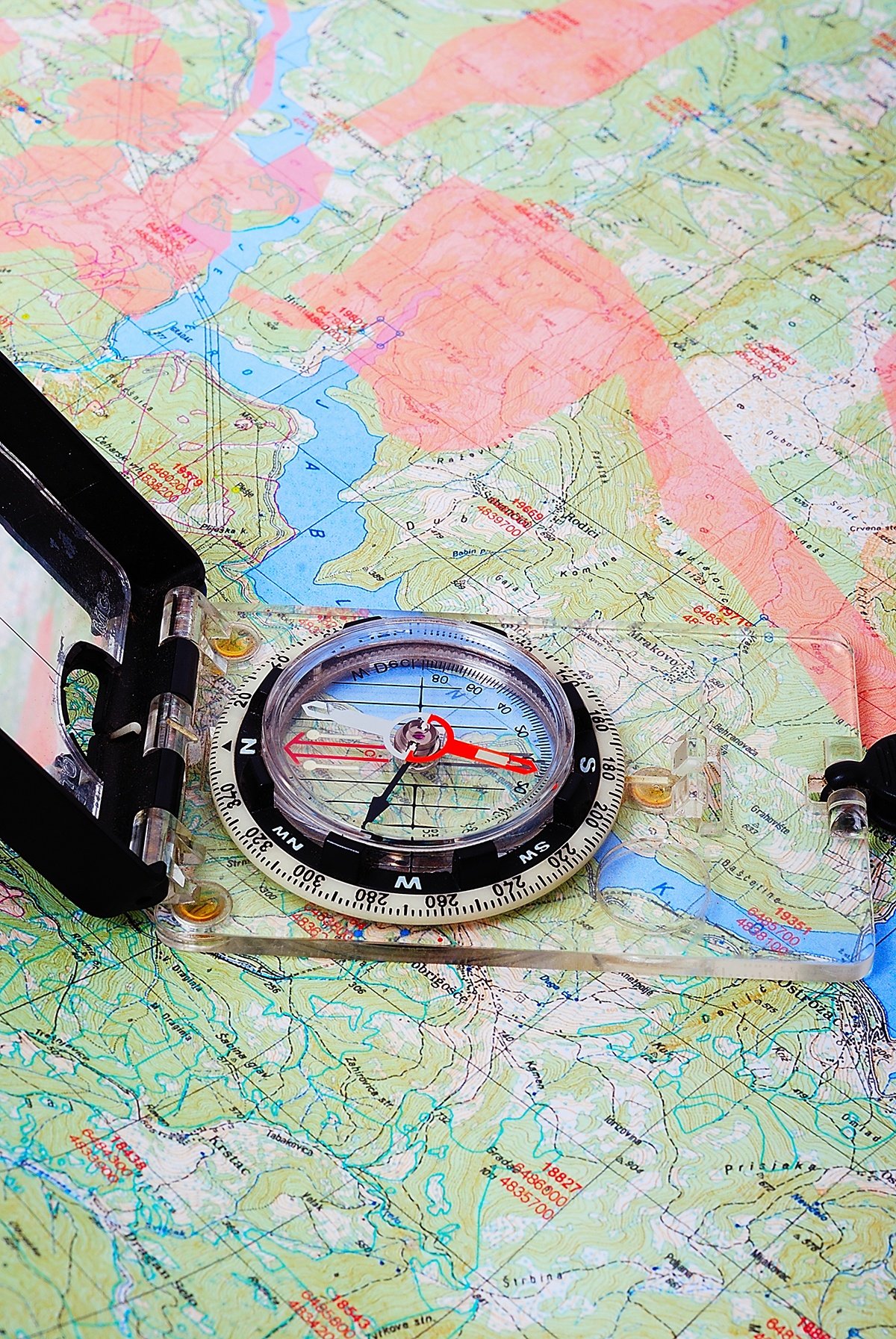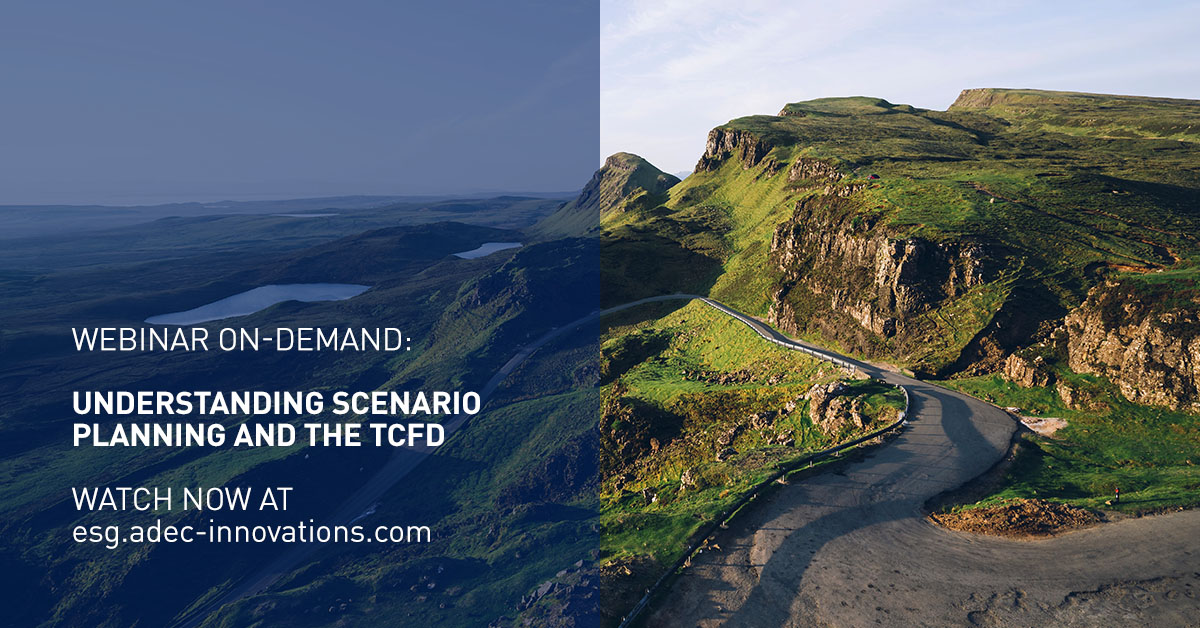The Importance of Mapping Technology in Sustainability
Throughout history, people have found maps to be an efficient and effective method of recording, storing and transferring information about the world around them. Maps have helped us perceive where we are in relation to the environment and to shape the communities of the future. Recently, advances in mapping technology are making a significant impact on how people pursue sustainability.

By Janna Waligorski
September 12, 2017
 Throughout history, people have found maps to be an efficient and effective method of recording, storing and transferring information about the world around them. Maps have helped us perceive where we are in relation to the environment and to shape the communities of the future. Recently, advances in mapping technology are making a significant impact on how people pursue sustainability.
Throughout history, people have found maps to be an efficient and effective method of recording, storing and transferring information about the world around them. Maps have helped us perceive where we are in relation to the environment and to shape the communities of the future. Recently, advances in mapping technology are making a significant impact on how people pursue sustainability.
One such example is the Geographic Information System (GIS), a computer based mapping system that captures, analyzes, stores, manipulates and presents a variety of spatial and geographical data. GIS applications are often used for comprehensive planning, zoning, land use inventories, site sustainability assessments, and socio-demographic analysis.
Organizations and governments are investing in mapping technology to help them prepare for long-range sustainable planning:
1. Urban Planning
Urban and suburban communities are constantly susceptible to various natural and human-caused hazards. Drought, floods, earthquakes, crime, poverty, pollution, and rising housing costs assail the resiliency of urban dwellers. To help understand and mitigate these hazards, governments, urban planners, and stakeholders can turn to powerful mapping technologies as a means to create long-term sustainability plans.
GIS is particularly useful in urban planning because it can help professional planners work with the existing infrastructure. As an analytical tool, GIS has the capacity to monitor an area which can provide pertinent information when conducting a feasibility study about the suitability of a location for a specific purpose such as the construction of a bridge, dam or water system. It can even track the suitability of distinct areas for smaller structures like schools, hospitals or emergency shelters. With the help of geospatial models, decision-makers are able to strike a balance among risk mitigation, improved urban environments and socially sustainable communities.
2. Environmental Planning
Digital data and remote sensing products are highly valuable and useful tools in creating detailed visualizations of land, coastal areas and oceans. Through the integration of data layers, these tools aid in the provision of information regarding the environmental sustainability of an area, and its level and nature of contamination.
For land areas, models can be created to verify the feasibility of land for waste disposal and treatment. For coastlines, marine planners and coastal residents can analyze the potential impacts of human activities on the marine ecosystem. Scientists can examine proposed oil tanker traffic routes in relation to existing Marine Protected Areas and biologically sensitive localities.
3. Environmental Due Diligence for Faster Emergency Response
Across the United States, 911 services are using GIS applications to allow first responders to quickly pinpoint the location of people in need. Dispatchers and first responders have access to real-time parcel level maps of their service areas, often with hydrant, hazards, detailed building schematics, and other information available at a touch. For example, in some cases dispatchers can immediately find out if a street is too narrow for a fire truck to pass through using ground-level details. These kinds of data help first responders make instant decisions, gaining them more time to help save lives.
Through rapidly advancing mapping technology and improved stakeholder collaborations, maps continue to be an integral part in planning our cities and creating a good relationship between people and the environment.
ADEC Innovations is a leading provider of ESG solutions, with expertise in delivering fully-integrated consulting, software and data management services. To stay current on global sustainability issues, subscribe to our monthly newsletter, GreenWatch.
Related Articles
Sustainability, Mapping Technology
By George Lu on June 6, 2020
Sustainability | CDP | Sustainability Reporting | Scenario Analysis | TCFD
By Alex Donovan on March 24, 2020
Sustainability | Supply Chain | CleanChain
By Adrienne Garcia on March 10, 2020
Environmental Impacts | Sustainability | Forests | Organization
Be a sustainability leader.
Our team supports you no matter where you are on your Sustainability Journey. Talk to us today to learn more.




